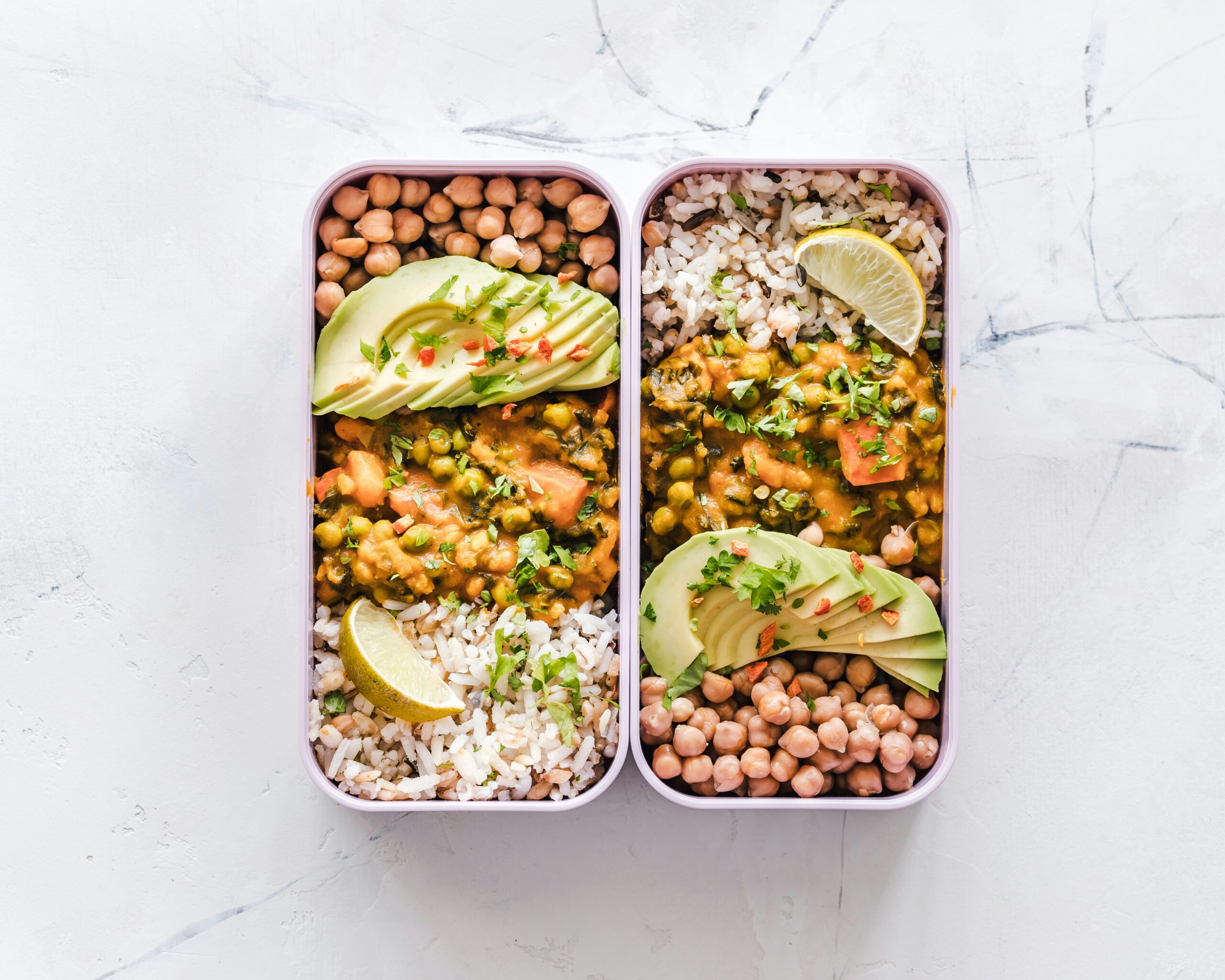

Introduction to superfoods
Superfoods are taking the health world by storm, and for good reason. These nutrient-dense powerhouses can transform your diet and elevate your well-being. But what exactly qualifies as a superfood? It’s not just about being trendy; it’s about packing a serious punch of vitamins, minerals, antioxidants, and other essential nutrients that fuel our bodies.
Incorporating superfoods into your meals isn’t just beneficial; it can be delicious too. Whether you’re looking to boost energy levels, enhance immunity, or simply feel better overall, these foods offer an array of benefits that make them worth adding to your grocery list.
Ready to dive in? Let’s explore ten must-have superfoods that will set you on the path to optimal health!
Benefits of incorporating superfoods in your diet
Incorporating superfoods into your diet can significantly enhance your overall health. These nutrient-dense foods are packed with vitamins, minerals, and antioxidants that support various bodily functions.
One major benefit is improved energy levels. Superfoods like quinoa and chia seeds provide sustained energy throughout the day without the crash associated with processed foods.
Additionally, many superfoods offer anti-inflammatory properties. Ingredients such as turmeric and ginger help combat inflammation, which is linked to chronic diseases.
Another advantage lies in their ability to boost immunity. Foods rich in vitamin C, like goji berries or kiwi, strengthen your body’s defenses against illnesses.
Moreover, incorporating these nutritional powerhouses can promote better digestion. Foods high in fiber—such as lentils or avocados—improve gut health and keep you feeling full longer.
With so many benefits at your fingertips, it’s clear why adding superfoods to your meals makes sense for achieving optimal wellness.
10 must-have superfoods for optimal health
Superfoods pack a nutritional punch that can elevate your health. Here are ten must-have options to consider.
Blueberries are little bites of goodness. They’re rich in antioxidants, which help combat oxidative stress and inflammation.
Kale is often hailed as the king of greens. High in vitamins A, C, and K, it’s versatile for salads or smoothies.
Quinoa stands out as a complete protein source. Perfect for those seeking plant-based nutrition without missing essential amino acids.
Chia seeds may be tiny but they’re mighty. Loaded with omega-3 fatty acids and fiber, they make great additions to yogurts or puddings.
Sweet potatoes bring sweetness along with beta-carotene. This nutrient supports eye health and adds color to your plate.
Salmon offers healthy fats that promote heart health while packing a flavorful punch in dishes like tacos or salads.
Turmeric shines bright as an anti-inflammatory agent thanks to its active compound curcumin.
Nuts such as almonds provide healthy fats and protein, making them perfect snacks on-the-go while keeping you full longer.
Spinach is another leafy green powerhouse loaded with iron and folate—a fantastic addition to any meal plan.
Avocado brings creaminess along with monounsaturated fats known for their heart benefits—ideal spread on toast or blended into smoothies.
Each superfood contributes unique nutrients that boost overall well-being when incorporated regularly into your meals!
How to incorporate these superfoods into your meals
Incorporating superfoods into your meals is easier than you might think. Start by adding chia seeds to your morning smoothie or yogurt. They blend seamlessly and boost fiber content.
Try sprinkling turmeric on roasted vegetables for a warm, earthy flavor. Its vibrant color will make any dish more appealing.
For lunch, toss some quinoa into salads or grain bowls. It adds texture and protein, making your meal satisfying and nutritious.
Don’t forget snacks! Blend kale or spinach into pesto for a delicious dip that’s packed with nutrients. Pair it with whole-grain crackers for added crunch.
At dinner, use sweet potatoes as a base for hearty dishes. Their natural sweetness complements savory flavors beautifully.
Explore baking with almond flour instead of regular flour in desserts. You’ll create healthier treats without compromising taste.
Superfood recipes for breakfast, lunch, and dinner
Starting your day with a superfood-packed breakfast can energize you for hours. Try a smoothie bowl topped with chia seeds, berries, and a sprinkle of granola. It’s not only delicious but also visually appealing.
For lunch, consider quinoa salad mixed with spinach, avocado, and chickpeas. Drizzle some lemon-tahini dressing over the top to enhance the flavors while adding healthy fats.
As dinner approaches, whip up a stir-fry featuring broccoli and kale alongside tofu or chicken. Add turmeric for an anti-inflammatory boost. Serve it over brown rice for added fiber.
You can even create snacks like hummus paired with carrot sticks or apple slices smeared in almond butter. These small additions make your meals more nutritious without feeling overwhelming.
Tips for buying and storing super
When it comes to choosing superfoods, quality matters. Look for organic options whenever possible. This ensures you’re getting the most nutrients while avoiding harmful pesticides.
Pay attention to freshness as well. Choose whole foods that are vibrant and unblemished. For items like berries or leafy greens, select those that appear firm and crisp.
Storage is equally important in maintaining the nutritional value of your superfoods. Keep them refrigerated when necessary, especially fruits and vegetables. Store nuts and seeds in airtight containers to prolong their shelf life.
Don’t forget about portion sizes too; even superfoods can add up in calories if consumed excessively. Try incorporating a variety instead of relying on just one or two types for maximum benefits.
By being mindful of how you buy and store these powerhouse ingredients, you’ll make the most out of every bite you take toward better health!
